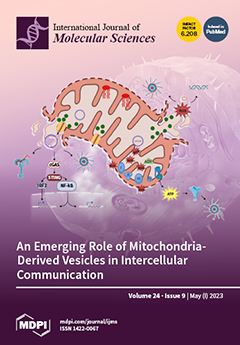The transformation efficiency (TE) was improved by a series of special chemical and physical methods using immature embryos from the cultivar Fielder, with the PureWheat technique. To analyze the reaction of immature embryos infected, which seemed to provide the necessary by
Agrobacterium tumefaciens in PureWheat, a combination of scanning electron microscopy (SEM), complete transcriptome analysis, and metabolome analysis was conducted to understand the progress. The results of the SEM analysis revealed that
Agrobacterium tumefaciens were deposited under the damaged cortex of immature embryos as a result of pretreatment and contacted the receptor cells to improve the TE. Transcriptome analysis indicated that the differentially expressed genes were mainly enriched in phenylpropanoid biosynthesis, starch and sucrose metabolism, plant–pathogen interaction, plant hormone signal transduction, and the MAPK (Mitogen-activated protein kinase) signaling pathway. By analyzing the correlation between differentially expressed genes and metabolites, the expression of many genes and the accumulation of metabolites were changed in glucose metabolism and the TCA cycle (Citrate cycle), as well as the amino acid metabolism; this suggests that the infection of wheat embryos with
Agrobacterium is an energy-demanding process. The shikimate pathway may act as a hub between glucose metabolism and phenylpropanoid metabolism during
Agrobacterium infection. The downregulation of the
F5H gene and upregulation of the
CCR gene led to the accumulation of lignin precursors through phenylpropanoid metabolism. In addition, several metabolic pathways and oxidases were found to be involved in the infection treatment, including melatonin biosynthesis, benzoxazinoid biosynthesis, betaine biosynthesis, superoxide dismutase, and peroxidase, suggesting that wheat embryos may be under the stress of
Agrobacterium and, thus, undergo an oxidative stress response. These findings explore the physiological and molecular changes of immature embryos during the co-culture stage of the PureWheat technique and provide insights for
Agrobacterium-mediated transgenic wheat experiments.
Full article






